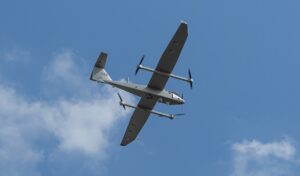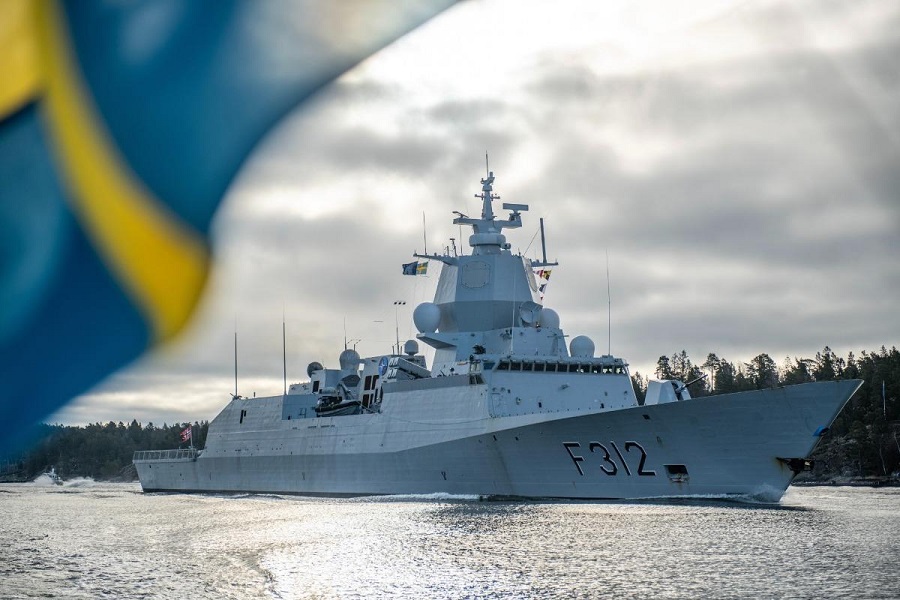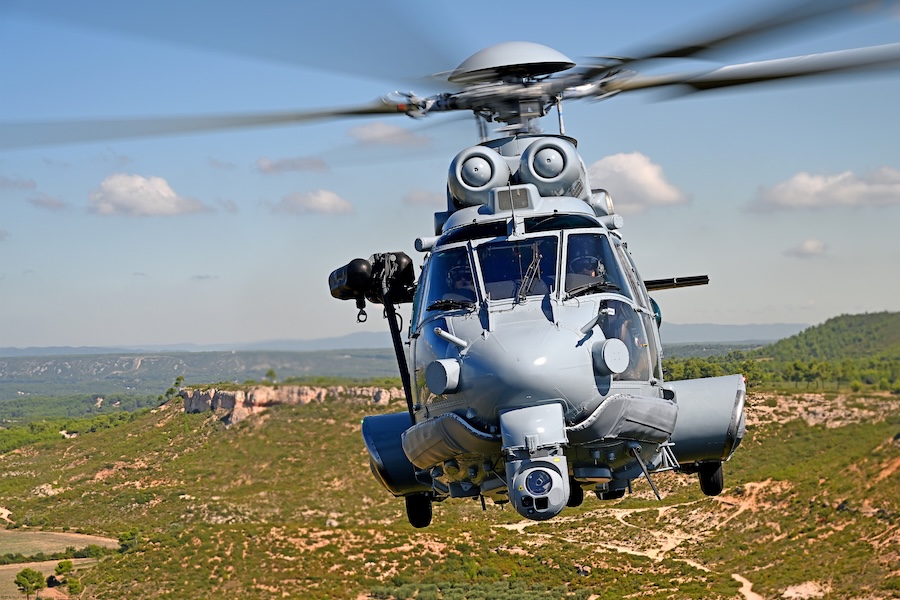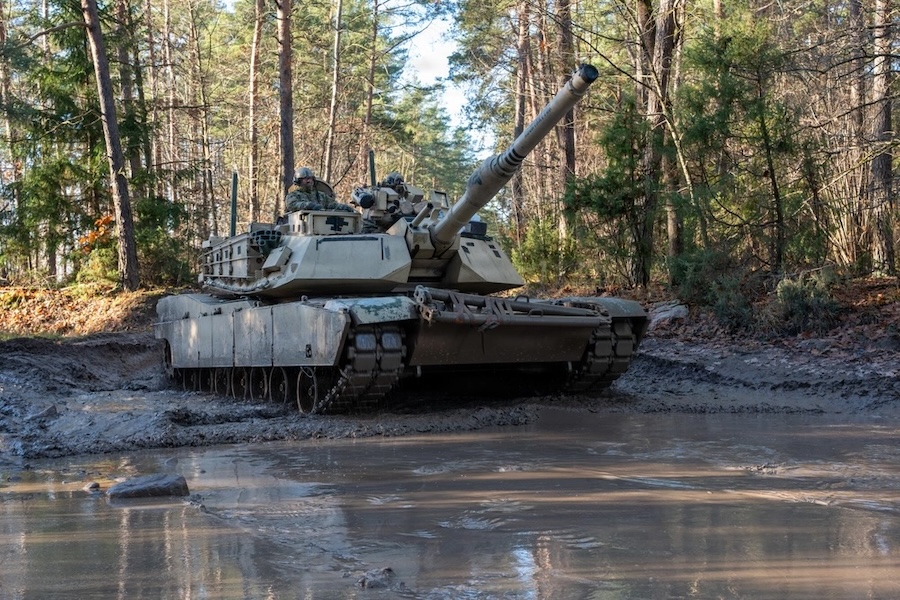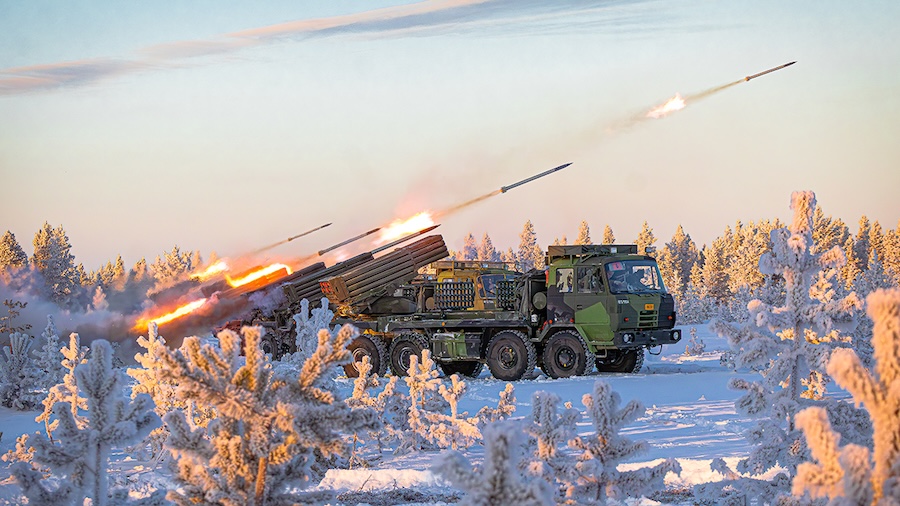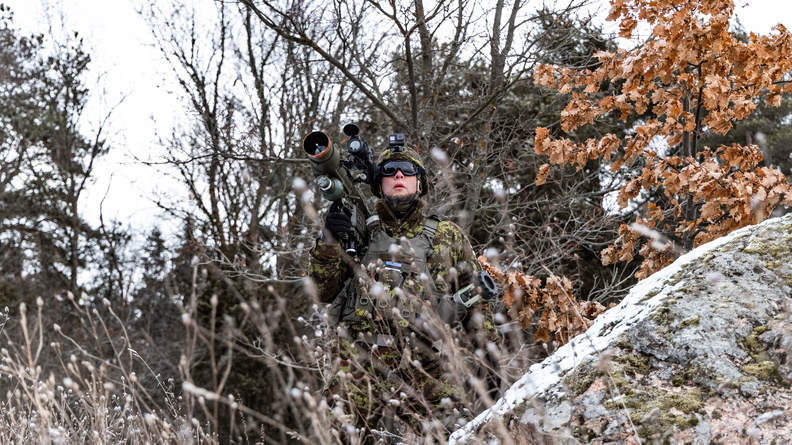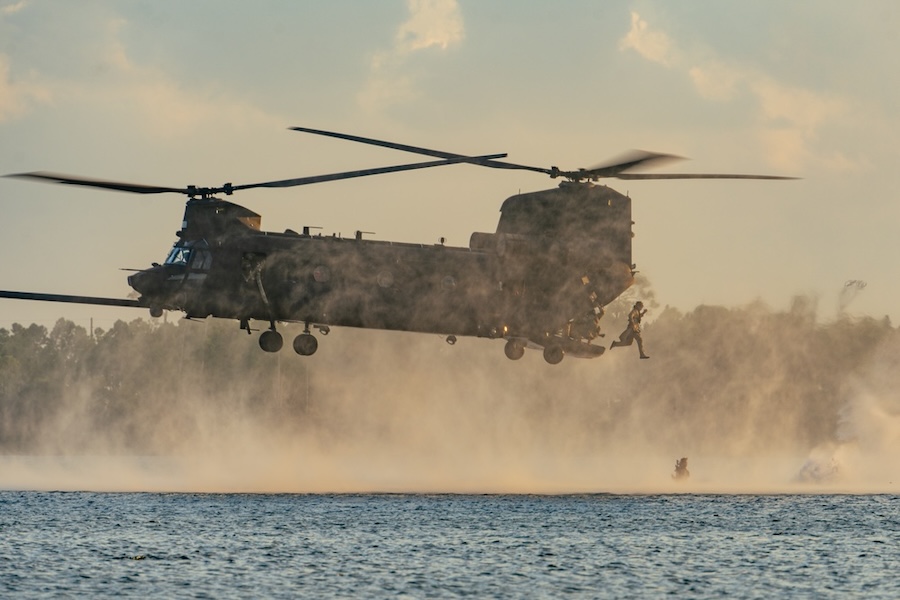The modernisation package includes the previously announced Infrared Defensive System (IRDS), as well as enhancements to the aircraft’s stealth characteristics (Low Observable, LO), radar capabilities with a dynamic Synthetic Aperture Radar (SAR), and improvements to the electronic warfare suite. Additional upgrades involve the development of infrared sensors for target search and tracking (Infrared Search and Track, IRST), a new Pilot Vehicle Interface (PVI), and stealth-compatible external fuel tanks designed to extend the aircraft’s range.
The US Air Force currently has a fleet of 185 F-22 Raptors, of which only 143 are combat-coded. The remaining aircraft are used for training and testing purposes, while some combat units are out of operation due to ongoing maintenance work.
According to the budget request, the US Air Force has allocated $90.34 million for the modernisation of the Raptor fleet. These efforts have been underway for several years and include projects such as the TacIRST infrared sensors, which were first presented in 2022.
In the same year, the US Air Force awarded a contract to LIFT Airborne Technologies to develop the Next Generation Fixed Wing Helmet (NGFWH) for F-22 pilots. This helmet is intended to support future system enhancements and pilot interface upgrades.





